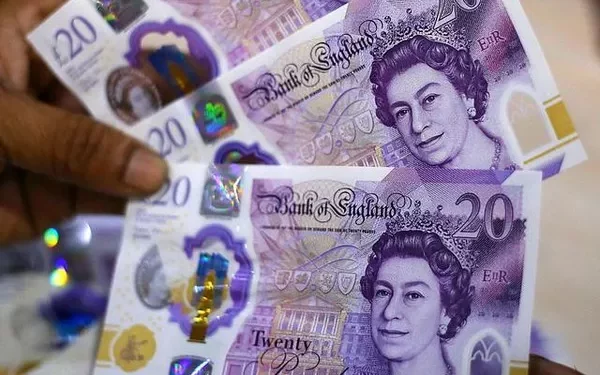The Pound Sterling (GBP) has maintained gains slightly above the 1.2900 level against the US Dollar (USD) during Friday’s London session. The GBP/USD pair reached a fresh annual high of 1.2950 after softer-than-expected US Consumer Price Index (CPI) data for June boosted expectations of rate cuts by the Federal Reserve (Fed). Traders are now anticipating that the Fed will start reducing interest rates as early as the September meeting.
The US CPI report revealed that annual headline and core inflation, excluding volatile food and energy prices, decelerated to 3% and 3.3%, respectively. For the first time in four years, monthly headline inflation deflated, instilling confidence that price pressures are on track to return to the target rate of 2%. The high inflationary pressures observed in the first quarter are now seen as a one-time occurrence.
The softer inflation readings have significantly impacted the US Dollar, increasing Fed officials’ confidence that the disinflation process has resumed. The US Dollar Index (DXY), which measures the Greenback’s value against six major currencies, remains subdued below 104.50.
On Thursday, San Francisco Fed Bank President Mary Daly stated that recent cooler inflation readings and easing labor market conditions have made one or two rate cuts appropriate for this year.
In Friday’s session, investors are focusing on June’s US Producer Price Index (PPI) data, which will be released at 12:30 GMT. Economists predict that headline and core producer inflation accelerated in June on both a monthly and annual basis.
Pound Sterling Capitalizes on UK Political Stability
The Pound Sterling has shown significant strength against its major peers on Friday. The British currency has benefited from the outright victory of Keir Starmer’s Labour Party in parliamentary elections, resulting in the most stable political conditions in the United Kingdom (UK) economy among G-7 nations.
The outlook for the Pound Sterling has improved as a stable government leads to predictable fiscal policies, attracting significant foreign inflows. Additionally, the UK’s new Chancellor, Rachel Reeves, has pledged to stimulate growth and investment with a major focus on the supply side, given the limited scope for government spending.
Furthermore, the improved economic outlook and diminished expectations for the Bank of England (BoE) to begin reducing interest rates in August have boosted the Pound Sterling’s appeal. The monthly Gross Domestic Product (GDP) data for May came in higher at 0.4% compared to the estimates of 0.2% and an unchanged position in April. This development has also raised doubts about whether the BoE should pivot to policy normalization in September.
BoE policymakers are hesitant to support early rate cuts as wage growth remains roughly double what is needed to achieve price stability. On Wednesday, BoE policymaker Catherine Mann warned that the decline in annual headline inflation to the 2% target was merely a “touch and go” situation. She cautioned that inflation could rise again and remain above the desired rate for the rest of the year.
Technical Analysis: Pound Sterling Posts Fresh Annual High Near 1.2950
The Pound Sterling reached a fresh annual high of 1.2950 against the US Dollar on Thursday. The GBP/USD pair strengthened following a breakout of an inverted Head and Shoulder (H&S) pattern formed on a daily timeframe. The neckline of this chart pattern is near 1.2850, and a breakout of the H&S formation indicates a bullish reversal.
The advancing 20-day Exponential Moving Average (EMA) near 1.2766 suggests that the near-term trend is bullish. Additionally, the 14-day Relative Strength Index (RSI) established itself in the bullish range of 60.00-80.00, indicating that momentum has shifted to the upside.
Related Topics:


























